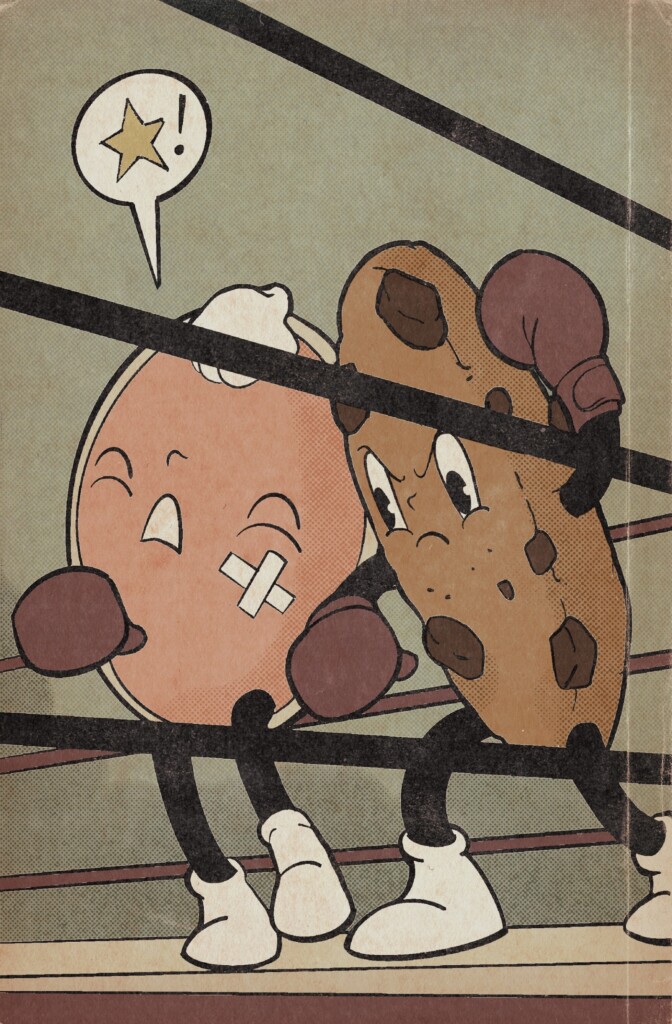
For better or for worse, our beloved ski resorts are full of high-speed quads, trams and gondolas. They race skiers atop mountains in less than half the time of the old rope tows or clunky, slow regular chair lifts. But there is just one downside …
Powder days have become powder mornings or even powder hours. With a huge abundance of skiers on the mountains (thanks to the quads), powder in bowls, cirques and gulches can be shredded so quickly that all freshies disappear literally within hours.
And things are about to get worse. For just $69, in addition to the regular cost of a day pass, Snowbird has introduced the “Express Lane”. Snowbird is now allowing wealthy skiers a chance to skip the lines. Regular all-day tickets now cost upwards of $150, so for a mere $220, you too can join the downhill elite!
But again there is a downside. Sadly, skiing at the best Utah resorts is becoming no longer viable for middle-class families, but is becoming much more of a sport for the wealthy or the single middle class who don’t have a problem eating an exclusive diet of Top Ramen.
“The meek shall inherit the earth” isn’t applicable at the resorts. The powder pigs are no longer hippies or ski bums, but the wealthy. Those in the middle-class, or those who want to eat real food are allotted to finding their freshies in the backcountry. And backcountry skiing is now booming. But there is yet another downside.
Last year was the deadliest year on record for backcountry deaths. Twenty-one Utah skiers, most in their twenties, died last year, buried under avalanches. Of course, most were not taking precautions, but if the resorts were more affordable, the backcountry wouldn’t be so popular. So what’s the solution to keeping skiing a sport for families and the middle class?
Most of our developer/politicians believe the only solution is to widen the highways up the canyons and/or introduce higher-speed travel options, including a gondola that could race skiers up the canyon without a car. Their mantra: Spend more! Build More! Develop More!
Developer blueprints for fast gondolas whisking skiers to the mountain tops of the Wasatch within minutes makes prospective developers salivate. They see big money in the white gold of the Wasatch.
Mountains of money want to build “SkiLink” or “Wasatch-Connect”, and now OneWasatch. Besides the gondola going up the canyon, it seems like every year or two, developers rebrand the concept that we need to connect all resorts into one massive interconnected mega-resort experience. They envision a true Ski City that resides atop our Wasatch Range ― an alpine utopia where everyone can ski, live, play and eat in the mountains! Build it and they will come! But again, there is just one downside.
The mountains begin to lose all of their appeal when they are full of lodges and people. A “National Park” offers little to nothing in terms of peace, tranquility, wilderness and escape if we simply allow for more and more people to speed to the top as fast as possible and shred down as fast as possible. For some reason, our developer/politicians, and the turncoat environmentalist, former Salt Lake City Mayor Ted Wilson, who should understand this, have not received the memo or simply don’t get it.
The Wasatch Range is not big enough to accommodate more gondolas, more quads, more development, more people, without losing the specialness of the place. Does this mean everyone except the rich should just stay home?
No, so what is the solution? How about offering a true local’s pass? A big discount for Utah residents? How about the Wasatch Range National Park lease that we provide the ski resorts be contingent upon actually provide some measure of local-resident access? Maybe certain days could be tourist free and family friendly?
Likely an idea such as this is unconstitutional, I’m not sure. But while developers dream of a mountain of money, the rest of us imagine the resorts from the eighties and nineties, when powder days would last the entire day, or entire weekend. Run after run, we could plow fresh tracks on Snowbird’s Tiger Tail, Blackjack, or off the Road to Provo. I truly miss the good old days.
But to out-price, out-pace and over-develop our mountains just for the promise of more money, is contrary to what our true Utah ski pioneers envisioned, and runs contrary to the spirit of Utah, which has been to always favor local abundance over fast outsider money. It was Brigham Young and the Mormon Pioneers who set this standard. Let’s consider maintaining it. U
MORE ON UTAH SKI RESORTS
The Story of Snowbird Ski Resort
Utahns’ Love Affair with Cottonwood Canyon
Alta’s Wild Old Bunch: the 100-Plus Members Are Bonded by a Love of Life and the Love of Skiing
100-Year-Old Wasatch Mountain Lodge Hidden in Dense Forest of Big Cottonwood Canyon
Running In The Utah Mountains With Dogs In Deep Snow





